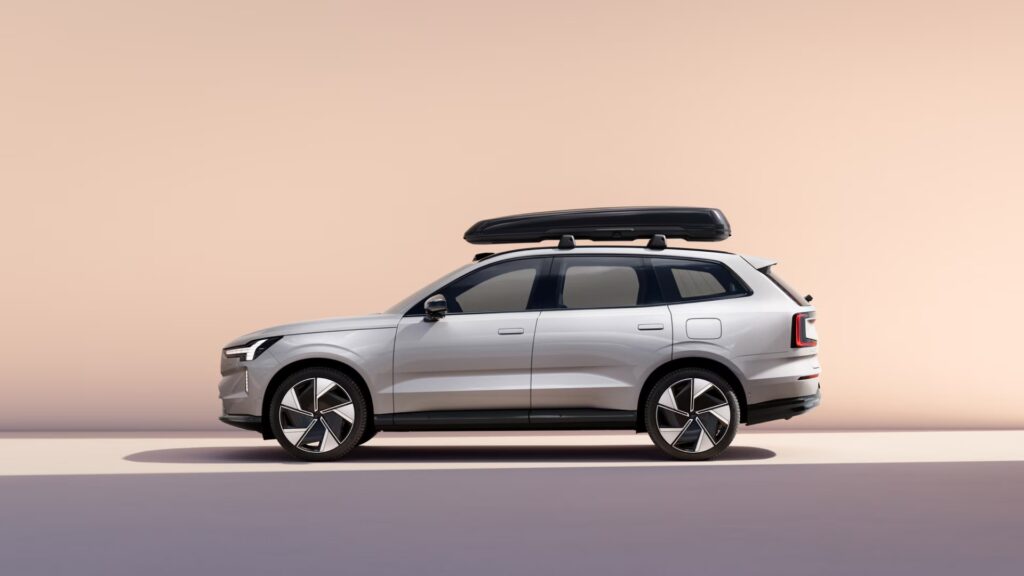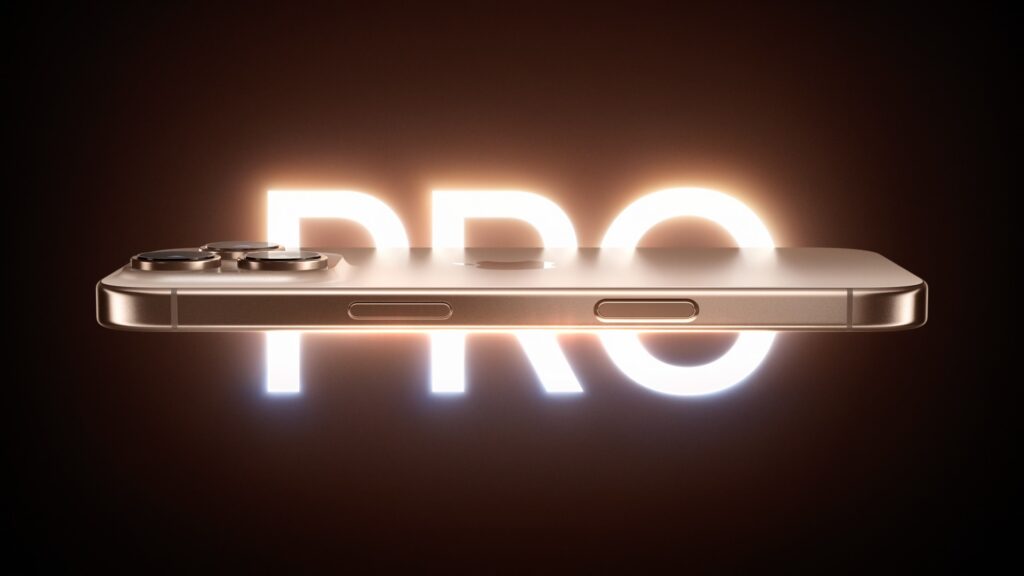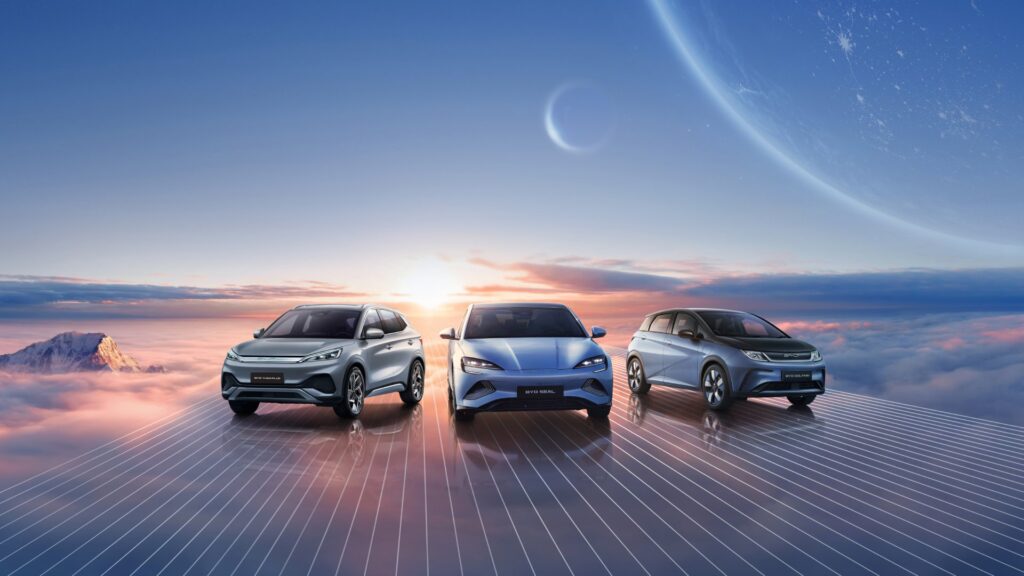Volvo, a Swedish automaker known for its commitment to safety and innovation, has been around for a long time since its inception in 1927. Over the years, Volvo has established itself as a leading company in the field of car safety, introducing new technologies and functions to continuously protect drivers and passengers. But Volvo's evolution goes beyond safety innovations - the company has also taken the lead in moving towards electric vehicles, demonstrating a commitment to sustainability and environmental responsibility.
One of Volvo's most important contributions to vehicle safety was the invention of the three-point safety belt, introduced in 1959. This simple but effective safety feature has saved countless lives and has become standard in cars around the world. Decades later, Volvo continued to prioritize safety by introducing innovations such as side impact protection, whiplash protection, and pedestrian detection.
In recent years, Volvo has shifted its focus to electric vehicles in response to growing concerns about climate change and air pollution. In 2019, Volvo has announced its ambitions to become a full-fledged electric car company by 2030, with all new cars running on electric or hybrid vehicles from 2025 onwards. This commitment to sustainability is reflected in Volvo's range of electric vehicles, including the XC40 Recharge and C40 Recharge.
In addition to electric cars, Volvo has also been investing in self-driving technology, with the goal of making driving safer and easier. The company's Drive Me app, launched in 2017, aims to test autonomous driving technology on public roads in real-world situations.
Overall, Volvo's evolution from a car-focused automaker to a pioneer in electric and autonomous vehicles is a testament to the company's commitment to innovation and sustainability. By continuing to push the boundaries of technology, Volvo not only creates the future of transportation, but also sets an example for other automakers to follow.
(Image source: Volvo)



